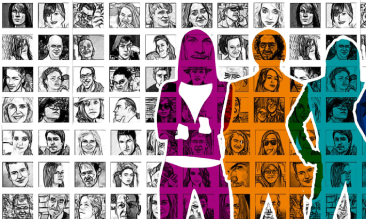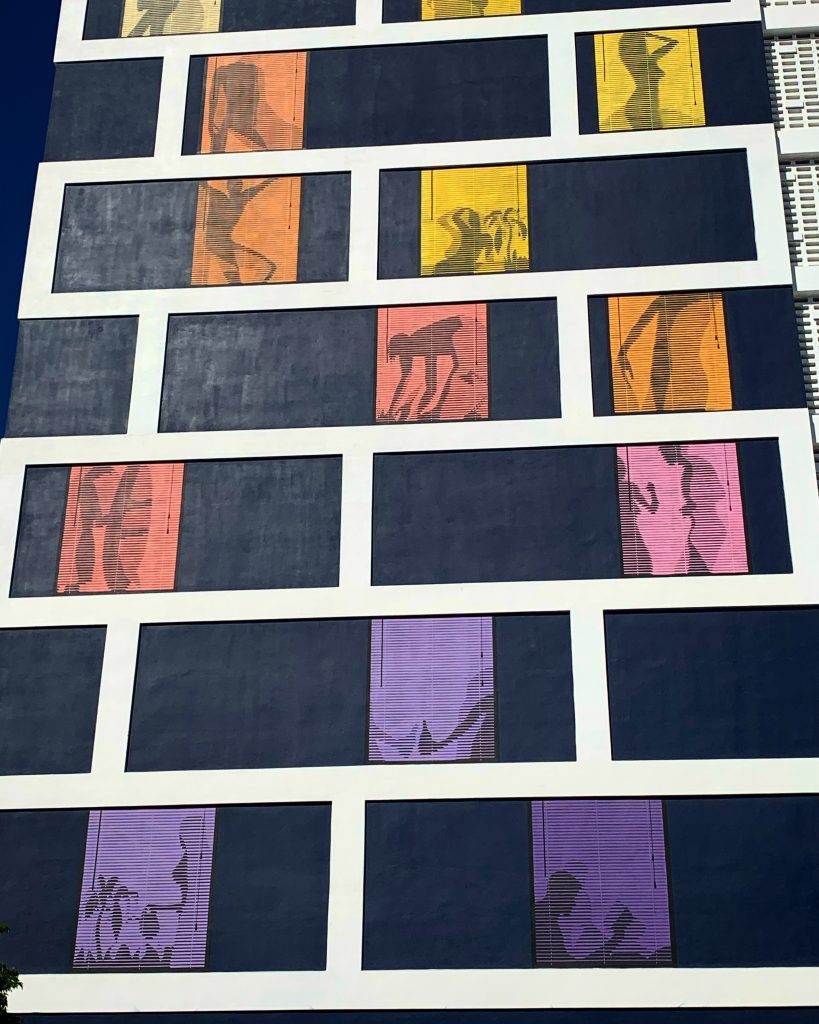
What is Inclusive Storytelling?
What is Inclusive Storytelling? https://www.visualstorytell.com/wp-content/uploads/2019/12/inclusive_storyetelling_thumb.jpg 366 219 Shlomi Ron Shlomi Ron https://secure.gravatar.com/avatar/995c0cf093380b90c7704fda398c9addf4e5c605afbc92af5c3f01f67d65aa41?s=96&d=mm&r=g
With the holiday season upon us and with it, the holiday spirit that makes this time of year more special, more introspective, grateful and generous – how can you extend these feelings to the rest of the year?
This is especially true in our fractious times when finding narrative strings that unite us – have never been more important.
I have already written on the need to transition to Routine Acts of Kindness (RAK) and came across this article that eloquently unpacks the power of gratitude outside Thanksgiving.
A nice example of this sense of inclusion, a new crop of restaurants is embracing family-style, communal eating, creating a necessary spirit of communication and collaboration vs. the traditional private dining experience.
How can you transform your customer experience (at least for a few products) from a private affair into co-consumption that fosters human interaction and story exchange?

So, what’s Inclusive Storytelling?
Inclusive Storytelling is a startegy that encourages a diverse story exchange through each step of a product lifecycle to drive meaningful business growth and innovation:
1) Co-Creation: Diversifying the storytellers to achieve fresh perspectives. Offering your customers, employees, vendors, or partners ways to be part of your product development – Product Advisors (or any ego booster title) that will allow them to influence the outcome of the finished product. Think of how to include your diverse storytellers in your focus groups or beta testing programs.
2) Co-Promotion: Offering your audience the ability to become Brand Ambassadors and through User Generated Content programs share stories on your behalf. This influence program could have several influencer tiers with respective incentives for each. Get inspired by GoPro Instagram content by customers.
3) Co-Consumption: Borrowing from the communal eating example above, does your product or service allow opportunities for co-consumption? Granted, you need to find the right product context. Having said that, if you have a product that a communal consumption makes sense, you’ll create a differentiated brand experience that in turn will transform your customers into even more fervent advocates on your behalf. Simple examples could be customer event experience, office tour with product workshops, or special influencer product parties.
The beauty of this approach, beyond the benefits I outlined, is that each of these steps offers you a powerful platform for generating various types of authentic visual stories to feed your ongoing marketing program.
What’s more, Inclusive Storytelling is effective not just for your customers, but also internally for your employees.
Open story exchange creates a culture of openness, ownership, and belonging. It’s the transition from top-down polished messages from your Internal Communications department or founder into bottom-up human, imperfect, real stories that come from your employees who shape your actual brand experience.
It all boils down to creating an open culture narrative in your business and personal circles, where people feel safe sharing both failure and win stories as if told to a trusted-friend. With honest story exchange that leaves no blind corners and provide a platform for diverse voices – growth and innovation prosper.
Need help developing your Inclusive Storytelling program? Schedule a meeting with me as I am planning a special promotion program to feature VSI’s Inclusive Storytelling clients in 2020.
- Posted In:
- Events
- Story Making
- Story Telling
- Visual Storytelling
Shlomi Ron
Shlomi Ron is the founder and CEO of the Visual Storytelling Institute, a Miami-based think tank with a mission to bring the gospel of visual storytelling from the world of art to more human-centric and purpose-driven marketing. A digital marketing veteran with over 20 years of experience working both on the agency and brand sides for Fortune 100/500 brands such as Nokia, IBM, and American Express. He started VSI to combine his marketing expertise with his passion for visual stories stemming from his interests in classic Italian cinema and managing the estate of video art pioneer, Buky Schwartz. At VSI, he helps brands rise above the communication noise through visual storytelling consulting, training, and thought leadership. Select clients include Estée Lauder, Microsoft, and Cable & Wireless – to name a few. He currently teaches Brand Storytelling at the University of Miami’s Business School. Thought leader and speaker at key marketing conferences. He is also the host of the Visual Storytelling Today podcast, which ranks in the top 10 best business storytelling podcasts on the Web. His book: Total Acuity: Tales with Marketing Morals to Help You Create Richer Visual Brand Stories. Outside work, he is a nascent bread baker, The Moth fan, and longtime fedora wearer likely to jive with his classic Italian cinema interest.
All stories by: Shlomi Ron5 comments
This site uses Akismet to reduce spam. Learn how your comment data is processed.


Leave a Reply